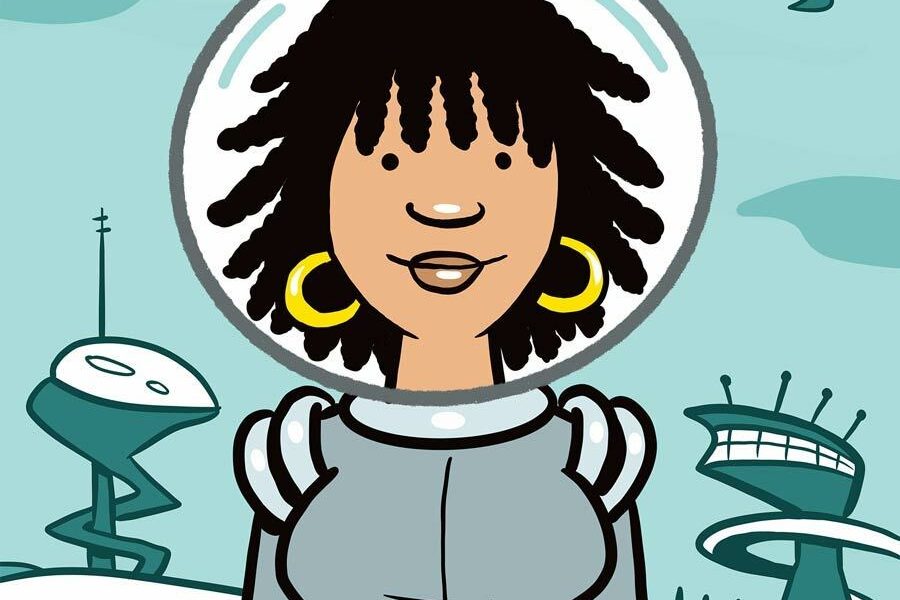Is the Present Too Much? It’s a Good Time To Take Up Afrofuturism.
Marvel’s ‘Black Panther,’ Octavia Butler’s science fiction and Beyoncé’s ‘Lemonade’ are all prime examples of this movement celebrating the Black experience.
In These Times Editors

Af•ro•fu•tur•ism
noun
1. a movement that imagines alternate realities and futures from a Black cultural and political perspective
How did this movement emerge?
Afrofuturism responds to the substantial absence of people of color in speculative art and fiction. As Ytasha L. Womack writes in her 2013 book chronicling the evolution of Afrofuturism in science fiction and fantasy, “Even in the imaginary future … people can’t fathom a person of non-Euro descent.” Given the role these genres now play in our collective political and social imagination, Afrofuturism offers a glimpse of a future with Black people not only present, but inhabiting worlds where science and technology speak directly to the Black experience. The term itself wasn’t coined until the 1990s, but decades earlier, Black artists had already begun fusing the traditions and cultures of the African diaspora with stories and imagery centered on technological innovation and space exploration. Pioneering science fiction writer Octavia Butler began penning novels in the 1970s featuring African American protagonists grappling with social hierarchies, trauma and the legacy of slavery. Now, Ava DuVernay is reportedly adapting for television Butler’s novel Dawn, about a Black woman resurrecting the human race after nuclear fallout.
Is Marvel’s Black Panther Afrofuturistic?
Yes, the comic book series and hit 2018 film is perhaps the most popular example of Afrofuturism. Utopian Wakanda is based on an alternative history of an imaginary African nation. Having escaped colonization, Wakanda develops into the most technologically advanced society in the world and must consider its responsibilities to those outside its borders. But Afrofuturism is having a huge pop culture moment right now, too, from Janelle Monáe’s Metropolis albums (featuring the singer’s android alter ego) to Beyoncé’s Lemonade.
Outside of artistic mediums, what does Afrofuturism look like?
As a philosophy of history and science, Afrofuturism can actually help unearth and re-envision the past. The work of sociologist Alondra Nelson, who researches the intersection of race with health and science, is often described as Afrofuturist. Her 2016 book, The Social Life of DNA: Race, Reparations and Reconciliation After the Genome, explores how genetic testing revealed new origins and histories of enslaved Africans and their descendants. Some Afrofuturists have emphasized that race is itself a technology—a false narrative deployed for centuries as a tool of oppression and control. Afrofuturism opens the space to imagine what Black futures might look like outside this history of colonization and white supremacy.
This is part of “The Big Idea,” a monthly series offering brief introductions to progressive theories, policies, tools and strategies that can help us envision a world beyond capitalism. For recent In These Times coverage of liberatory Black art and the power of speculative fiction, see, “Black Panther Engages with Decades of Black Liberatory Theory — And Is Also a Great Movie,” “The Climate Crisis Is Mind-Boggling. That’s Why We Need Science Fiction,” and “Sorry To Bother You Is the Anti-Capitalist Black Comedy We’ve Been Waiting For.”








